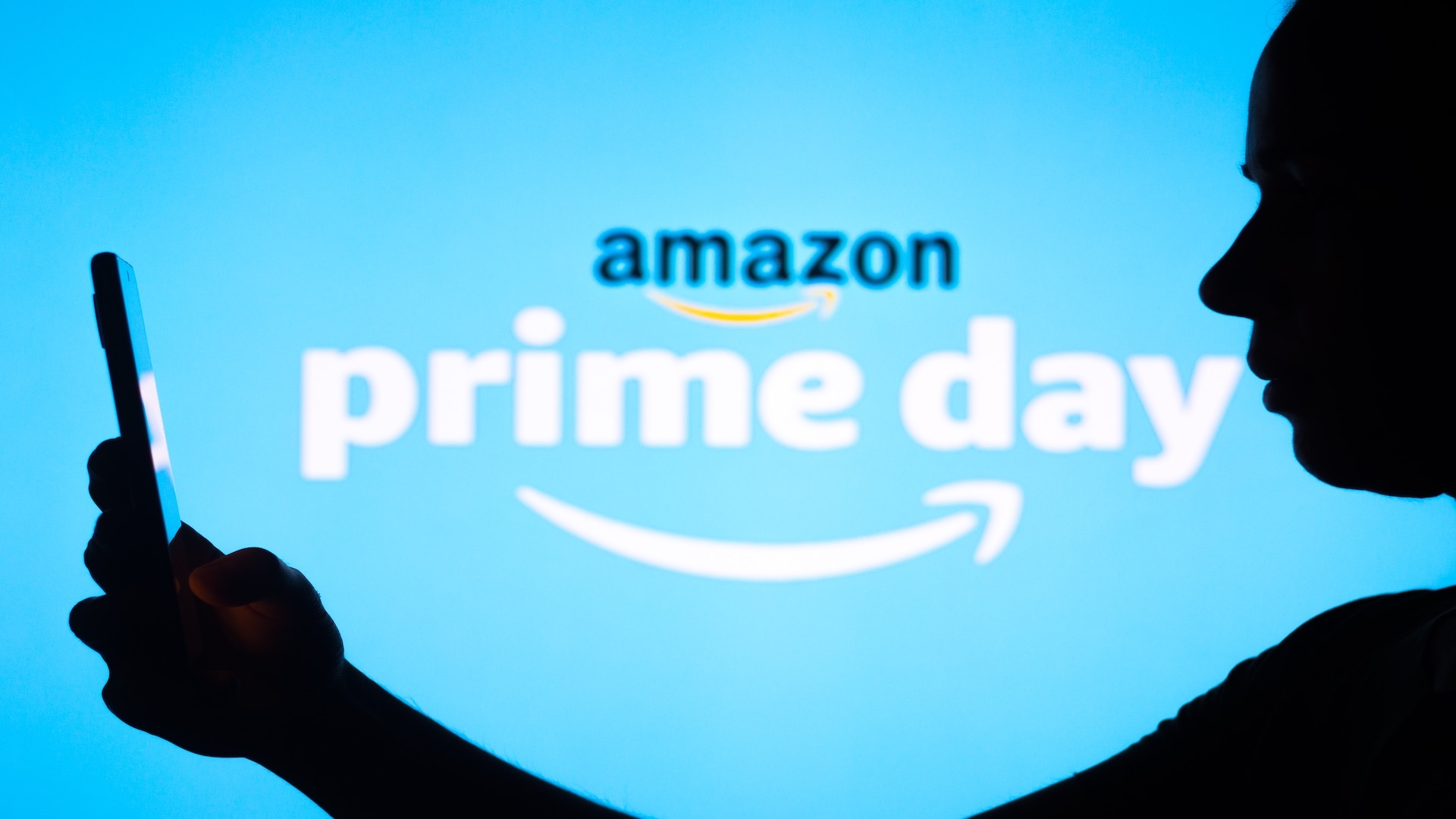Amazon Prime Day 2023 broke records to become the retailer’s most successful to date.
The two-day event, which took place on July 11 and 12, saw year-on-year spending shoot up by 6.1% to $12.7 billion in the U.S., according to Adobe Analytics data.
Prime members splashed out on more than 375 million products worldwide and saved over $2.5 billion on Amazon’s discounted deals.
Why we care. Amazon Prime Day is soaring in popularity and with such a high footfall of traffic, it’s an excellent time for marketers to advertise and optimize on the platform for maximum reach. For those advertising on Amazon already, it may be worth considering increasing ad spend. The bi-annual event provides brands with the opportunity to not only strengthen their relationship with existing customers but also reach and attract new ones, which could potentially help drive brand awareness and result in a higher ROI.
What categories reported the biggest increase in sales? Surges in spend were reported across several categories by Adobe. In comparison to average daily sales in June:
- Appliance sales increased by 52%
- Toy sales increased by 27%
- Apparel sales increased by 24%
- Electronics sales increased by 12%
- Stationary and office supplies sales increased by 76%
“Prime Day has become one of the biggest e-commerce moments of the year, as consumers latch onto major discounts from a number of different retailers. The record spending shows us that consumers are tapping into their inner bargain hunters, stocking up on specific categories such as electronics and apparel while the discounts remain steep,” said Vivek Pandya, lead analyst at Adobe Digital Insights.
Get the daily newsletter search marketers rely on.
What discounts were offered? Amazon offered discounts across all categories of its product portfolio – although not all products were included:
- Electronics were discounted by up to 16%
- Apparel was discounted at 13%
- Toy were discounted by up to 15%
- Sporting goods were discounted at 9%
- Furniture was discounted at 7%
Additional findings. In addition to identifying how much customers spent, the Adobe Analytics report also identified how customers are changing their buying process:
- Buy Now Pay Later (BNPL) orders were up 19.5% year-on-year and accounted for 6.4% of all online orders.
- BNPL generated $461 million in revenue.
- BNPL was primarily used for products purchased in apparel, furniture/home and electronics categories
- Smartphone sales were up 42.7% year on year and drove 43.7% of sales
When is the next Amazon Prime Day? Amazon is yet to confirm if there will definitely be a second Prime Day this year. However, last year, in addition to hosting the two-day sale in July, Amazon also hosted one Oct. 11 and 12.
Retail Media Networks. A new force this year, retail media networks (RMNs) also contributed to Prime Day returns. Traffic referred to retail websites from RMNs increased by more than 70% over last year, according to Salesforce.
- “Ads on retail media networks caught consumers’ eyes throughout Prime Day. We saw a huge surge in traffic from this emerging media – making it a critical component of the marketing mix,” said Rob Garf, Salesforce’s VP and GM of retail.
Additional reporting on this story from Chris Wood.








